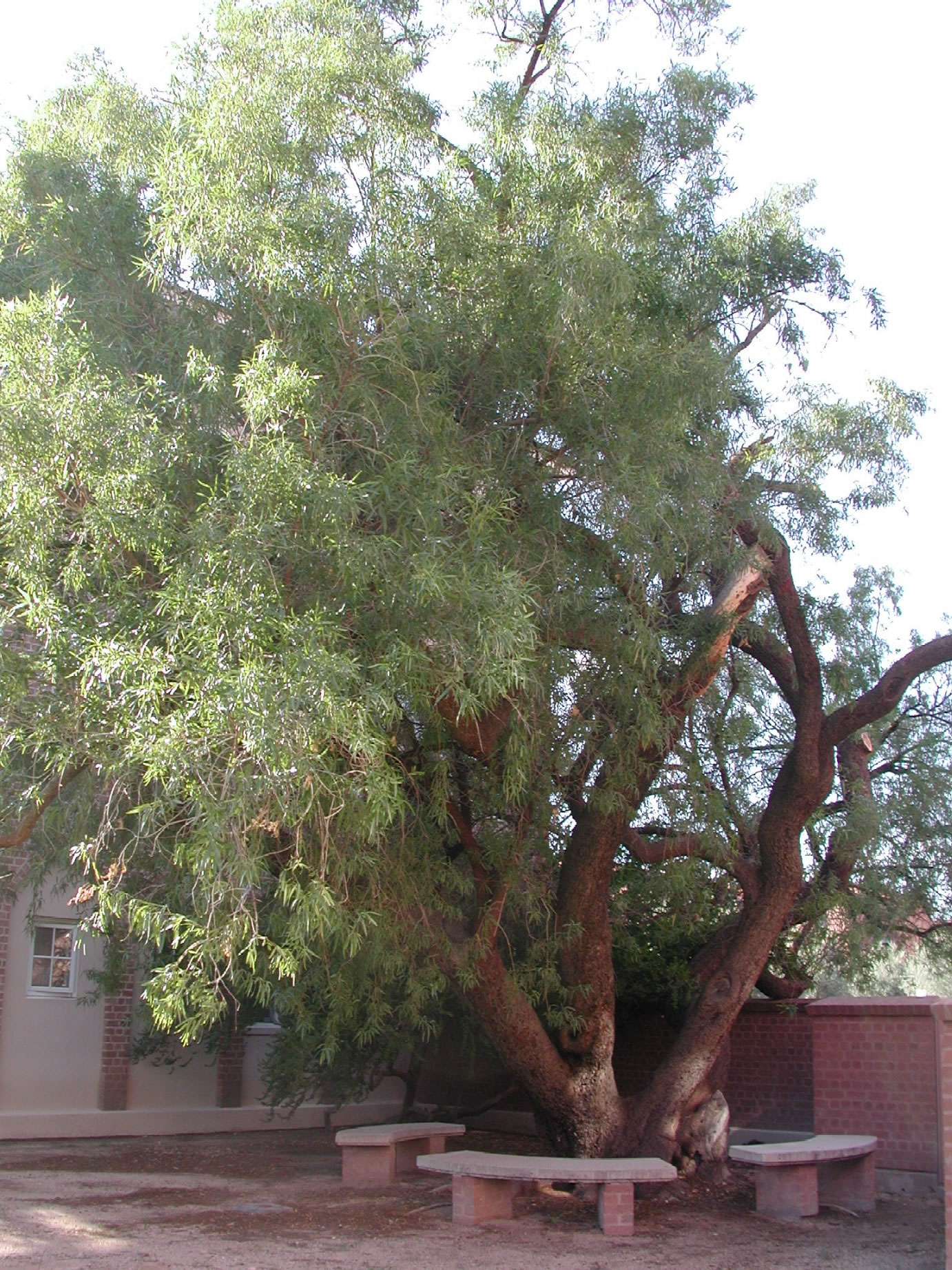african sumac tree care
Although this plant was originally introduced to the US as a. Red buds open into clusters of pinkish flowers in the spring.
Pruning however can improve the overall look of the plant.
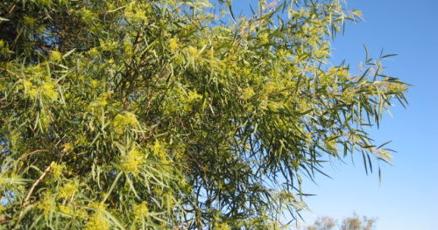
. Moisten the soil beginning at the trunk and extending 12 to. African sumac was first introduced into the United States in Tucson Arizona where it demonstrated excellent adaptability to heat aridity poor soils and drought. African sumac tree only grows in USDA zones 9 through 11.
Besides producing abundant seeds it also spreads by suckers and competes with native plants for water. Water the newly planted African sumac tree slowly to the depth at which it was planted and keep the soil just slightly moist as it becomes established. The drought-tolerant African sumac tree grows best in hot full sun.
Sumacs include about 35 flowering woody North American species in the Rhus genus within the Anacardiaceae family which also includes cashews mangos and pistachiosThere are dozens of other sumac species native to Europe Africa Asia and other parts of the world a few of which are used as landscape plants in the United States. A deep evergreen shrub with dense foliage and a rounded shape growing up to 15 ft tall. Water the planting hole deeply when planting saplings.
In general these plants need a minimal amount of pruning. This tree can provide shade and privacy because it has leaves year-round. Sumac trees can be grown in several types of soil from clay loam sandy loam to clay.
There are more than 200 species of Rhus both evergreen and deciduous and varieties that behave as shrubs vines trees and ground cover. This tree does well in our desert summer but is also very hardy in the winter and able to take temperatures as low as 12 degrees at night. Low to medium water.
Water the African sumac only after seven to 10 days without rainfall. Crossing badly formed or damaged branches should be removed back to a main branch. The tree proved to be highly tolerant of the environmental stresses in this urban setting and was introduced into the nursery trade.
To reduce drought stress provide supplemental water and shade during the summer. A Field Guide Growing alongside highways at the back of abandoned fields and at the edges of backyards all over North America is the beautiful bountiful sumac. Heat-loving and tolerant of may soils.
The queen palm is a good example of this. The tree can truly create one of the best spectacles in the fall when its leaves turn bright red. Be sure to plant in an area where the sumac tree can receive partial shade to full sun.
Elegant semi-weeping tree to 20 x 15 feet or more is an ideal choice for our climate. In an effort to identify landscape ornamentals adapted to the desert climate UA President Homer Shantz planted the first African Sumac in Tucson in 1928. Sugar sumac Rhus ovata.
Be careful not to overwater the sumac because it can cause root rot. This tree blooms with small light green clusters with small yellow or red berries and does best in full sun. Pruning may take place at any time of year.
Here are some other varieties of sumac trees and shrubs. For many decades African sumac were very popular landscape ornamental tree for Tucson. Only prune in early spring before the plant leafs out.
This growth feature makes the tree excellent as a shade tree or windbreak. Sumacs are thornless but have lots of consistent litter throughout the year we dont recommend these trees near a pool. The species is dioecious meaning both male and female trees must be nearby to produce fruitseed.
Sometimes reaching 30 feet in height the African sumac provides ample shade for plants that thrive at its base. The main attraction is its fall foliage which makes it ideal for landscaping purposes. They can also be grown in medium loam soil.
They are easy to prune or shear and have minimal maintenance requirements too. Suitable for low water landscapes where it will thrive but it will also do well in moist soil if there is good drainage. According to the University of Arizona African sumac trees are evergreen trees that came to the United States from South Africa.
A Rhus lancea African Sumac can be trained to a single trunk or allowed to grow into a multi-trunk tree with a look that resembles an olive tree. Young shrubs benefit greatly from fertilizing particularly shrubs that are. This plants is easy to identify by the leaf trifoliate-compound three- part and glossy dark green.
Sumac includes Staghorn and Smooth. The tree produces complicated branch patterns and must be pruned frequently. Although sumac trees are drought-resistant water regularly if planted in the middle of summer or during times of drought.
Like most plants it will grow faster and to larger sizes when planted in well-drained soils with deep summer irrigation. Water the plant well then add a 2 5cm layer of mulch such as shredded bark around the planting area. Gardeners in arid climates enjoy this tree for its drought tolerance and ornamental quality that its thin leaved canopy brings to the yard.
According to Chamberland these palm trees suffer in the Phoenix climate and are much better off in the soil and humidity of places like Florida. The African sumac is an invasive tree that you should avoid planting in Phoenix. Unlike most sumac trees native to the US the African sumac has dense evergreen foliage.
Keep the mulch at least 4 10cm away from the trunk of the plant as this can keep the bark too moist and cause it to decay. It is in the same family as poison ivy and cashew. It makes small fruits that birds love to eat.
It is best in full sun well drained soil deep infrequent water once established. African sumac trees grow well in arid climates. Apply 1 inch of water from a garden hose directly to the ground.

African Sumac Inland Valley Garden Planner

28 5 Gallon African Sumac Feature Tree In Pot With Soil L11769 In The Trees Department At Lowes Com

Amazon Com African Sumac Tree Seeds Rhus Lancea Jocad 40 Seeds Patio Lawn Garden
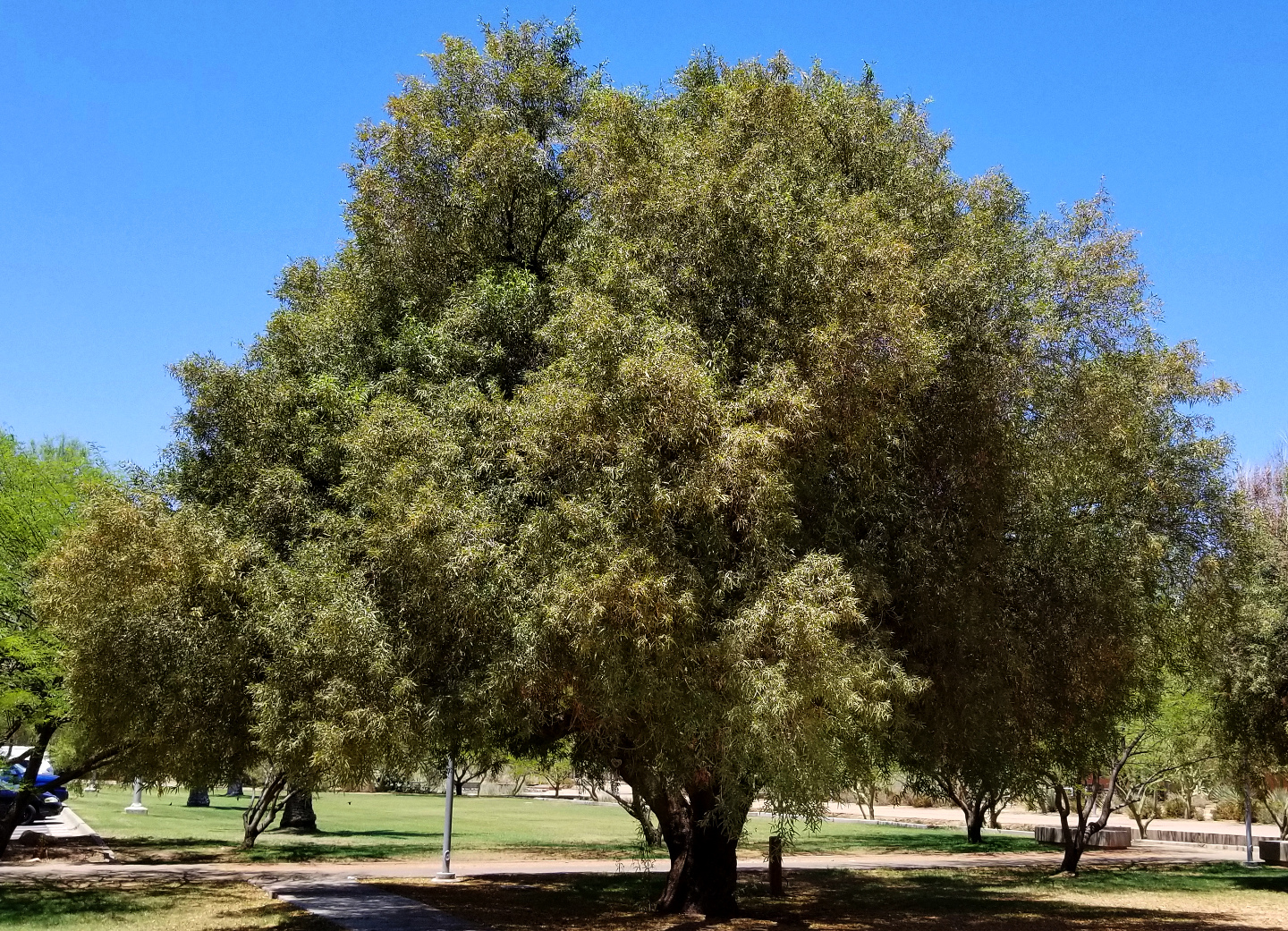
Scientific Searsia Lancea Formerly Rhus Lancea Common African Sumac Willow Rhus Black Karee Indigenuous Common Name Family Anacardiaceae Origin Southern Africa In Zambia Namibia Botswana Zimbabwe South Africa And Lesotho

Gv Gardeners African Sumac Trees Now Abuzz Get Out Gvnews Com

African Sumac Can Grow 15 30 Ft Tall And Wide Plants Sumac Plant Care
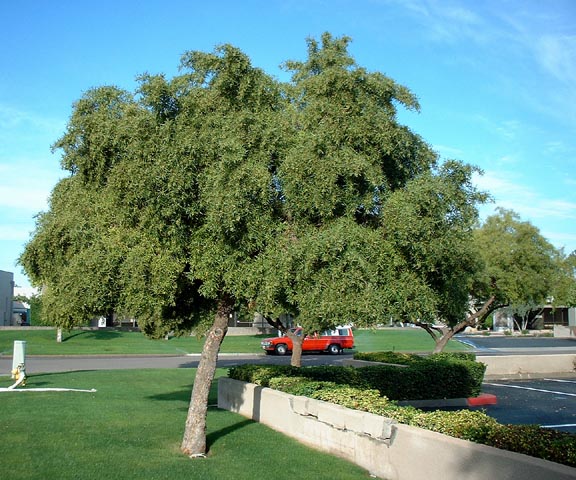
Scientific Searsia Lancea Formerly Rhus Lancea Common African Sumac Willow Rhus Black Karee Indigenuous Common Name Family Anacardiaceae Origin Southern Africa In Zambia Namibia Botswana Zimbabwe South Africa And Lesotho

African Sumac Evergreen Trees Moon Valley Nurseries

Pruning African Sumac Tree Rhus Lancea Youtube
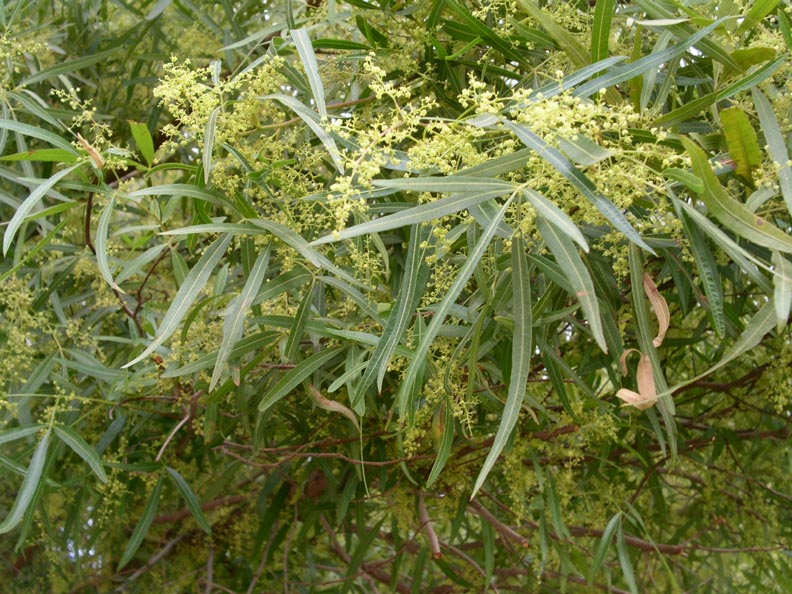
Scientific Searsia Lancea Formerly Rhus Lancea Common African Sumac Willow Rhus Black Karee Indigenuous Common Name Family Anacardiaceae Origin Southern Africa In Zambia Namibia Botswana Zimbabwe South Africa And Lesotho

African Sumac Rhus Lancea My Garden Life

Photo African Sumac Rhus Lancea Shade Trees Porch Plants Xeriscape Front Yard

Rhus Lancea African Sumac Youtube






